Farm ammonia levels 'must be addressed'
- Published
- comments
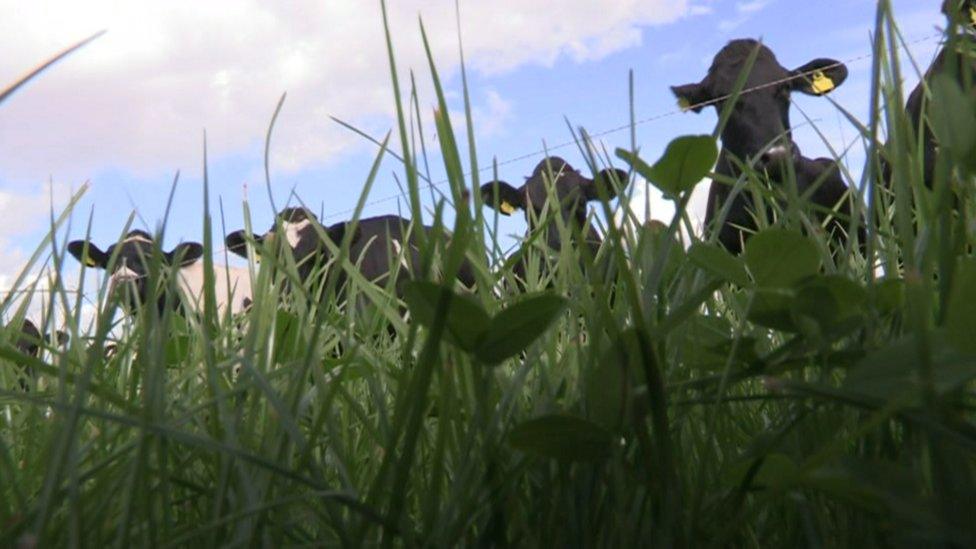
Two thirds of ammonia emissions come from beef and dairy cattle
The cattle industry may have to adapt to address a "significant" environmental issue about its emissions, according to the head of the Northern Ireland Environment Agency (NIEA).
David Small said ammonia was having an impact on important and sensitive sites like bogs and woodlands.
The Ulster Farmers' Union (UFU) has questioned some of the science.
It has called for better monitoring to give a clearer picture of the problem.
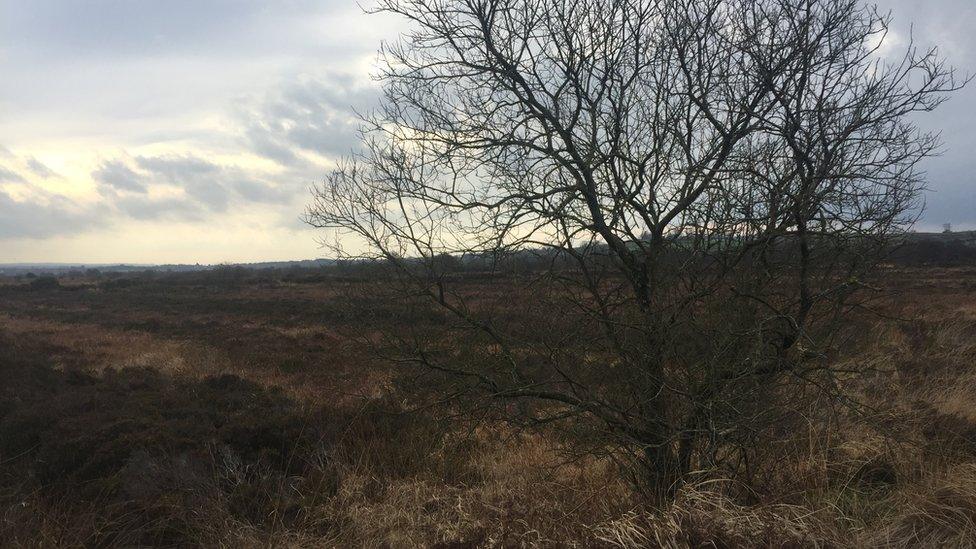
Ammonia has a big impact on sensitive sites like lowland bogs
Concerns about ammonia mean that more than 40 of planning applications by farmers are currently held up in the system.
They are awaiting an assessment of their potential effect on protected habitats like bogs and woodlands nearby.
A further 14 applications have been objected to by the NIEA.
In total, out of 248 farm planning applications over 11 months to November 2016, NIEA was content with 137, objected to 14, asked for further ammonia information in 40 cases and have 57 still to look at.
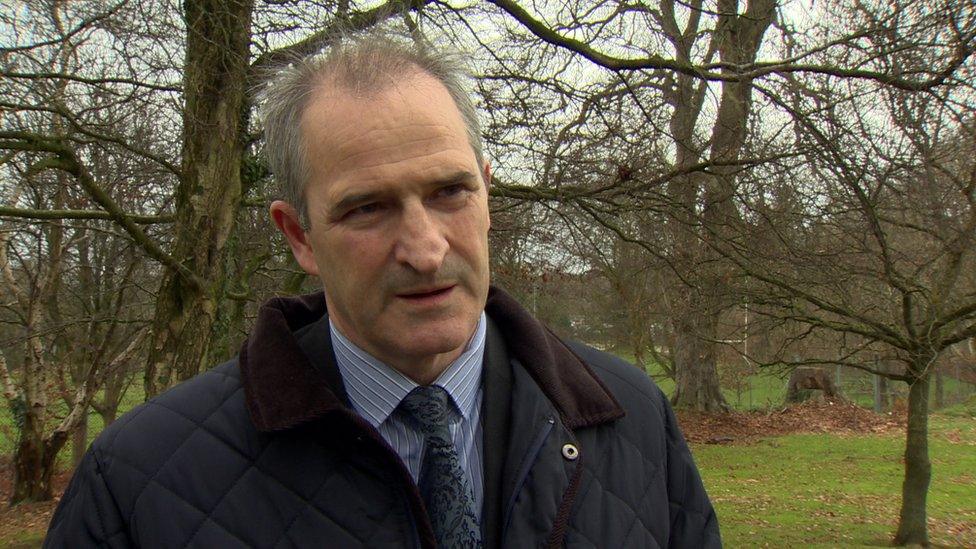
David Small, head of the NIEA
Ammonia from livestock waste gets into the atmosphere and is deposited as nitrogen.
Background levels across Northern Ireland are already said to be high.
And levels at many protected sites are assessed to be at concentrations where it will damage sensitive plants like lichens and mosses.

A bog lichen which is susceptible to ammonia emissions
The pig and poultry sectors have been regulated for ammonia for years.
However, 70% of it comes from the cattle sector which has not been subject to the same rules.
Officials have just been given an independent report which suggests ways of cutting ammonia levels from farms.
It recommends things like extending the grazing season and covering over-ground slurry stores.
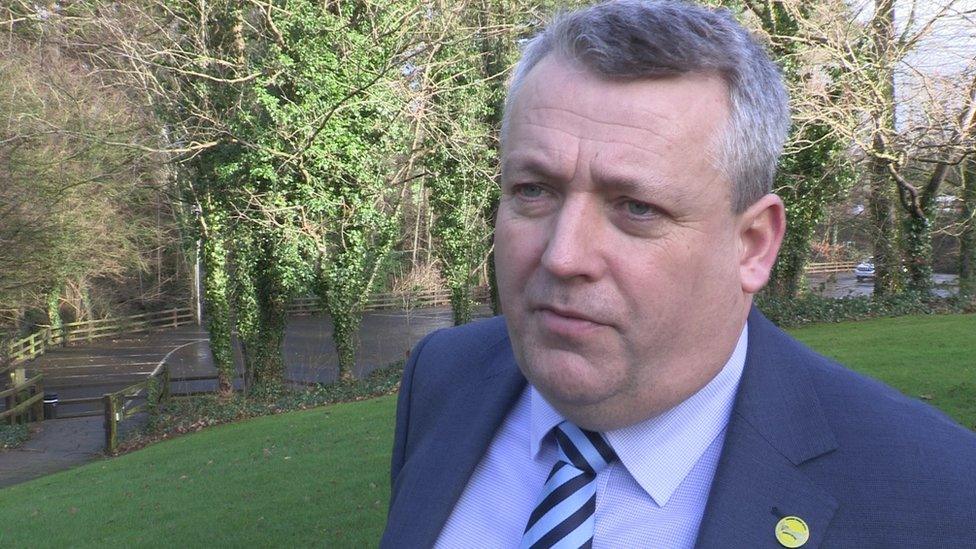
John Gilliland chaired the independent ammonia report
Chair of the report panel John Gilliland, himself a farmer, said it was not recommending the "fossilisation" of the industry and that sustainable expansion with a lower environmental footprint was possible.
Sue Christie, an environmental representative on the report panel, said sensitive sites were "just an indicator" of what is happening in the wider environment.
"Every bit of our soil - every plant that grows is impacted by ammonia, and the more ammonia that's out there, the more negative those impacts are going to be."
The report was critical of Department for Agriculture Environment and Rural Affairs (DAERA) for failing to tell farmers about the scale of the problem.
Mr Small accepted officials could have done more to inform the sector.

Ammonia is produced when animal waste mixes
He said his department was working on ideas to bring ammonia emissions down but it might mean changes to farm practices and how land is managed.
It is a particular issue for farmers who live within 7.5km (4,6m) of protected sites like important wetlands or Areas of Special Scientific Interest.
If they want to build livestock facilities the potential ammonia output will have to be assessed and may require emission modelling.
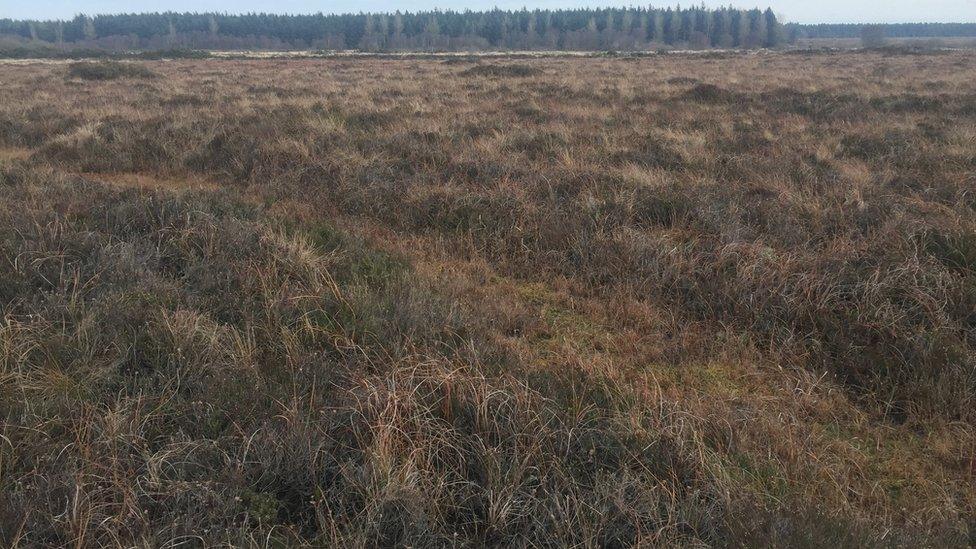
Lowland bog is one of the habitats which can be impacted
If the ammonia load is likely to have an impact on the site it could have an effect on the planning decision.
"If a farmer happens to be located close to a sensitive site there are likely to be additional challenges," Mr Small said.
"That's not to say that no development can take place, but we will want to ensure that appropriate mitigation is put in place to reduce ammonia levels to a point where they will not cause environmental harm.
"For some farmers that will be very challenging and it may require a lot of mitigation and that's where the challenge comes in because with mitigations comes some cost."
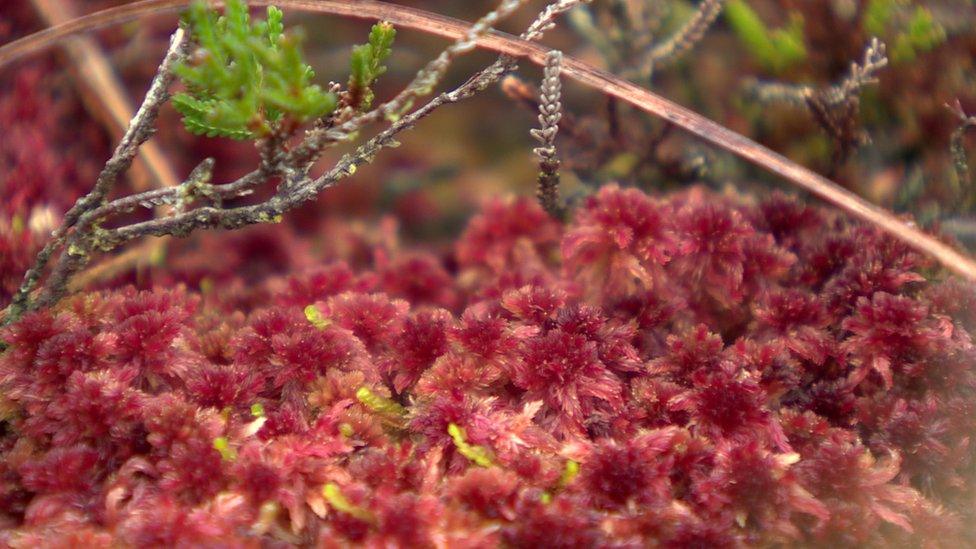
A type of sphagnum moss which can deteriorate if exposed to too much ammonia
The UFU has questioned some of the data being used to establish Northern Ireland's background ammonia levels and claims they are based on "flawed science".
It said members have been dissuaded from applying for a big farm improvement grant because ammonia modelling suggested they would not get planning permission.
The department said it is using the best possible science and has agreed to look at extending the number of monitoring sites which currently stands at six.
But farmers claim there can be "perverse outcomes" from implementation of the rules.
They claim, in some cases, the development being proposed would actually cut a farm's ammonia emissions, but is being denied because even the reduced level would be in breach of targets.
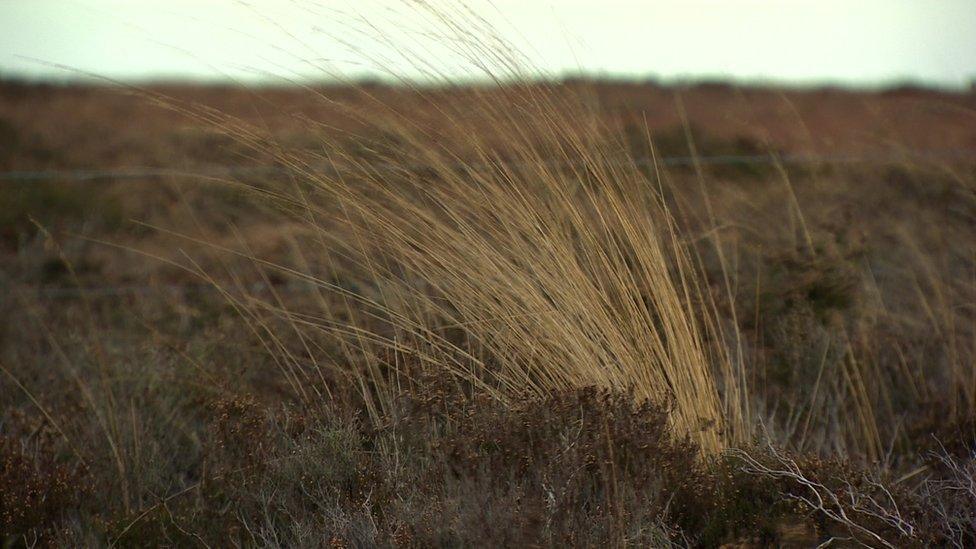
Some protected habitats are getting more ammonia than they can cope with
They have also suggested that puts them in a position where they are left emitting the higher level of the gas.
Environmentalists have said the ammonia issue points up the contradiction in the Executive's "Going for Growth" strategy for expansion of the agri-food industry.
They claim it is not possible to expand agriculture without having a detrimental environmental impact.
David Small said that since coming together into a single department, environment and agriculture officials had been working to strike a "balance" between the two.